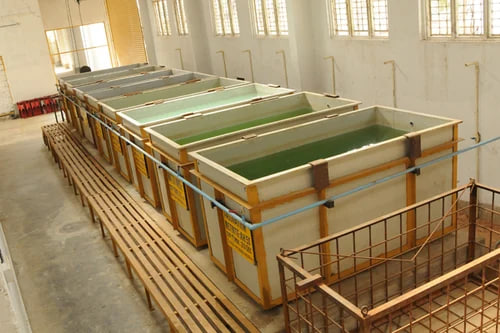When manufacturing acrylic emulsion paint, the choice of mill is crucial to ensure the proper dispersion of pigments and the stability of the emulsion. Here are the suitable mills for making acrylic emulsion paint:
- Bead Mill (also known as Sand Mill):
- This is the most common type of mill used in paint manufacturing.
- It uses small ceramic, glass, or metal beads as grinding media. The pigments are dispersed in the mill base and reduced to fine particles by the shearing force created by the high-speed movement of the beads as they collide with the pigment particles.
- Bead mills provide excellent dispersion and can handle high viscosity mill bases.
2. High-Speed Disperser (HSD):
- This is a high-speed mixer with a saw-tooth blade that creates a shearing action.
- It’s suitable for the initial mixing and wetting of the pigments. However, for finer dispersion, a bead mill is often used after the HSD.
- HSDs are typically used for larger batches.
3. Three-Roll Mill:
- This mill uses three horizontally positioned rollers rotating in opposite directions and at different speeds.
- The material to be milled is placed between the feed and center rolls and gets transferred from the center roll to the apron roll by adhesion.
- It’s suitable for fine dispersion, especially when dealing with high-quality coatings where a high degree of dispersion is required.
4. Attritor Mill:
- This is a vertical or horizontal mill that uses a stationary tank filled with grinding media.
- The shaft with arms rotates at a high speed. The pigment particles are trapped between the media, creating shear and tumbling forces, leading to fine dispersion.
- It’s suitable for both wet and dry grinding.
4. Basket Mill:
- This combines the features of a bead mill and a high-speed disperser.
- The mill base is pumped through the grinding chamber, and the dispersed product is separated from the beads by a separator at the top of the mill.
- It’s suitable for small to medium batches and provides good color development and gloss.
When selecting a mill for acrylic emulsion paint production, it’s essential to consider factors like the required particle size, batch size, viscosity of the mill base, and the type and size of the grinding media. It is also crucial to ensure that the mill is easy to clean to avoid cross-contamination between batches.


